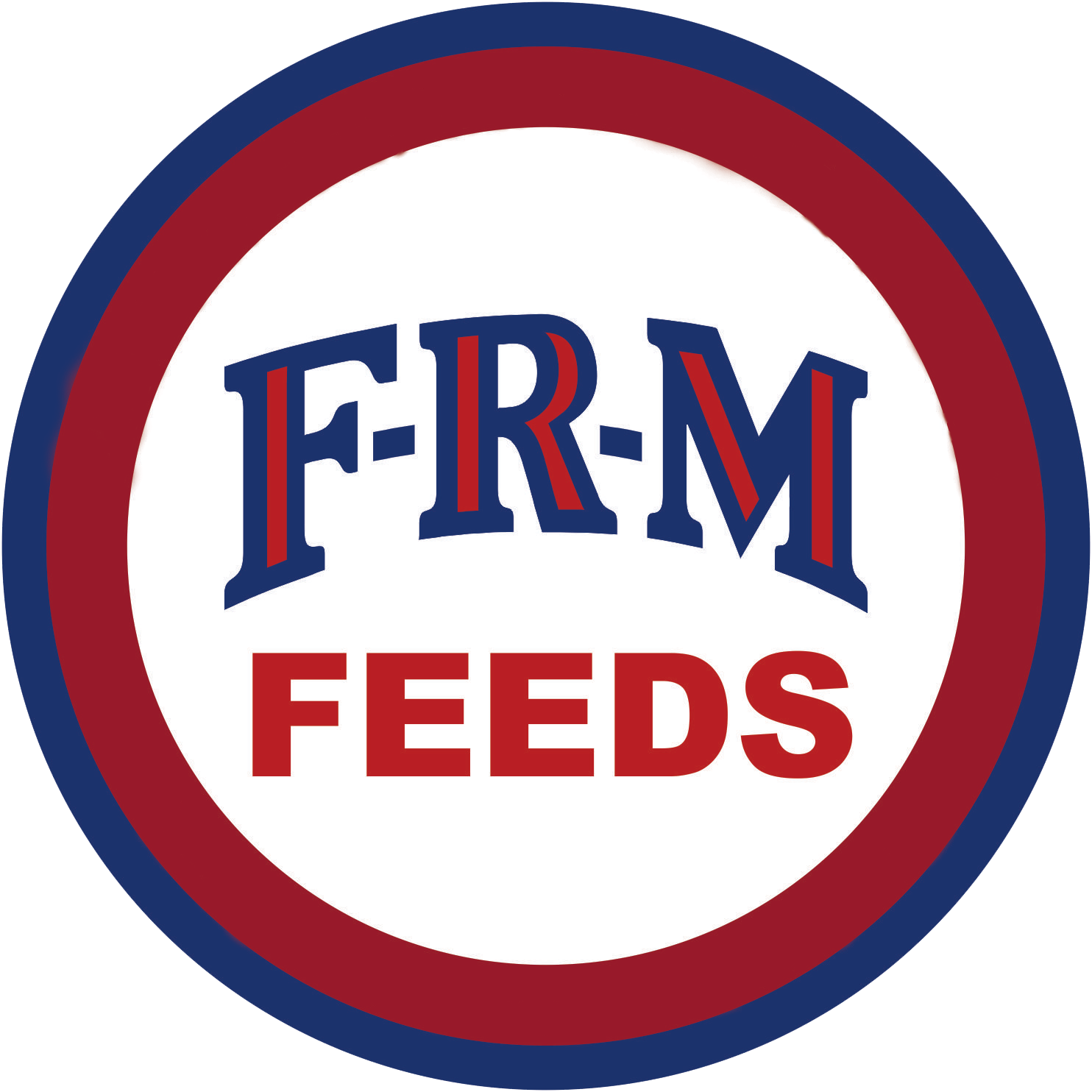The beef breeding herd must be properly fed if a good calf crop is obtained. The size of the calf crop, the vigor and size the calves attain by market time, and the feeding efficiency of the herd largely determine the profit realized.
Heavy grain feeding of brood cows is uneconomical and unnecessary for the beef breeding herd. The nutrient requirements should be adequate merely to provide for maintenance, growth (if animals are immature), reproduction and lactation. Fortunately, these requirements can be met largely through feeding roughages, pasture in season, and dry forages and silage during the winter months.
Except during winter months, pastures constitute most of the feed for the breeding herd. By fall however, grass is usually in short supply and relatively poor as a source of protein, certain minerals, and carotene. To overcome these deficiencies the cattleman must resort to either supplemental feeding on pasture or drylot feeding.
The best calf crop is produced by cows that are kept in vigorous breeding condition, that are neither over-fat or in thin run-down condition. Two requisites are important in wintering the cow herd: 1) Bringing them through the winter in proper condition for calving, and 2) Keeping feed costs at the minimum consistent with nutritional demands. Meeting these requirements has prompted increased use of crop residues and winter pastures for brood cows.
Temporary pastures, both summer and winter, are used widely in the southeast. One of the breakthroughs that has paved the way for the utilization of this pasture was the beginning usage of high Magnesium minerals. FRM Wintergrazer Cattle Mineral was the first high Magnesium mineral on the market – and continues to do an excellent job of supplying additional Magnesium for cattle. Low blood levels of Magnesium is generally considered the cause of Grass Tetany.
When sufficient pasture is not available due to season of the year, drought, or overstocking, supplemental feeding is necessary.
Also, supplemental feeding is a way in which to extend the grazing season, both early and late. One of the most widely used methods of supplemental feeding is the use of range cubes. Range cubes are fed on pasture and range. Many cattlemen prefer this method of supplementation, primarily for reasons of convenience and reducing losses from wind blowing.
High cost land and labor are creating widespread interest in confinement rations for beef cow herds. This practice varies from part to all year feeding. Confining brood cows and calves to a drylot area is one of the ways some cattlemen are attempting to produce calves more efficiently on a lower investment per cow.

